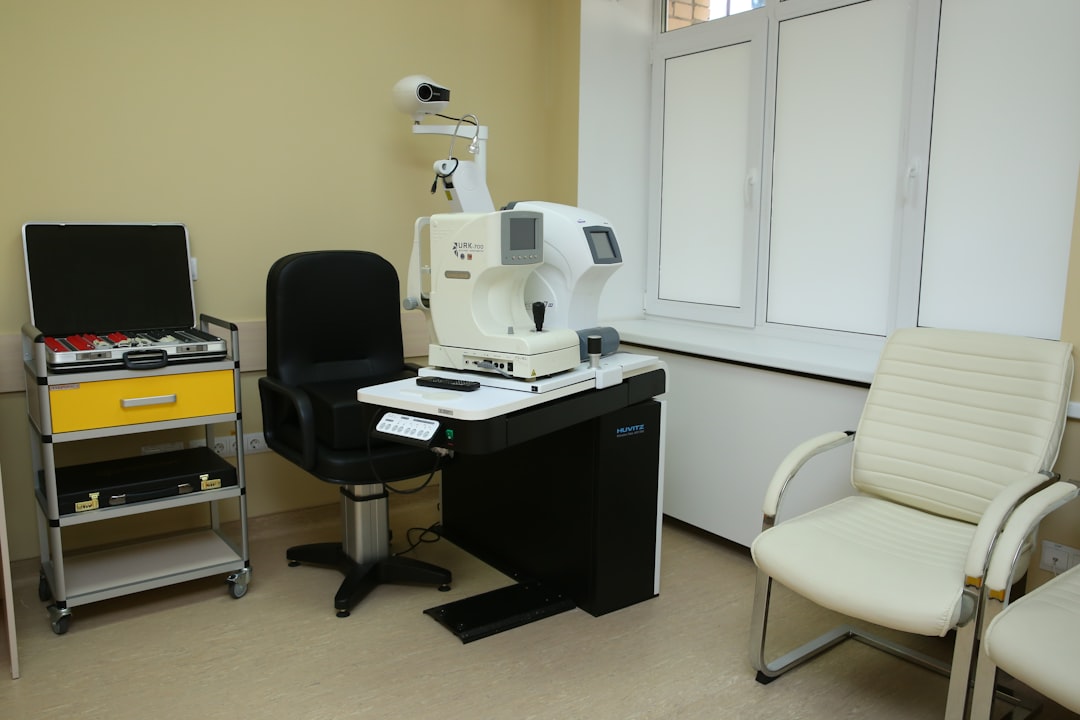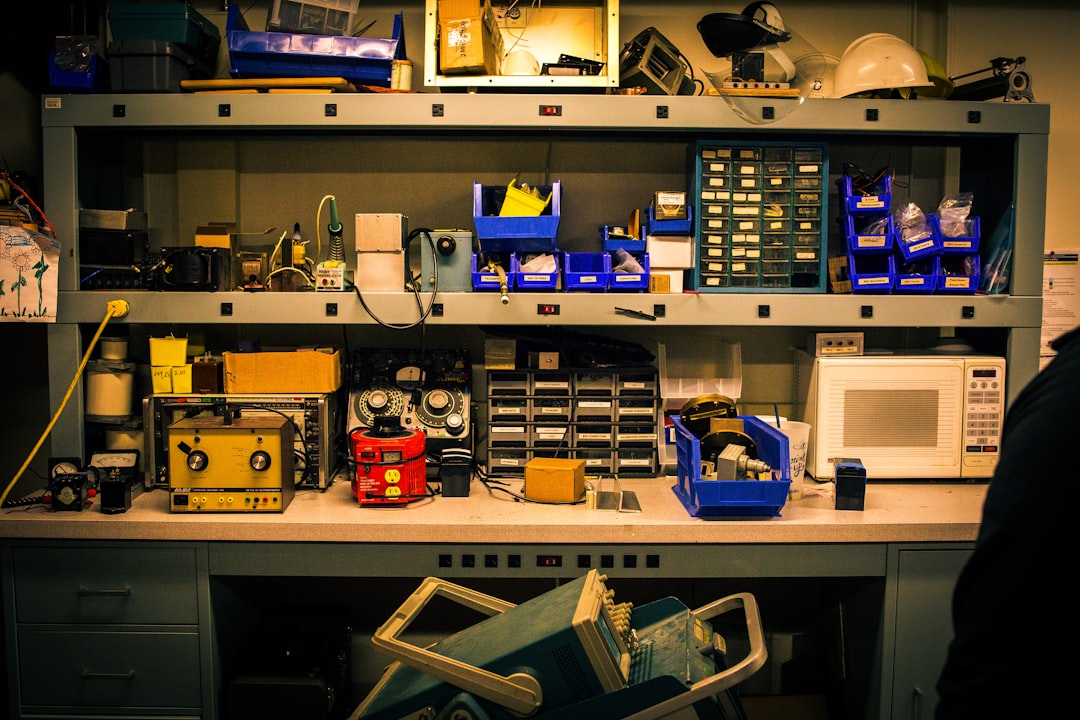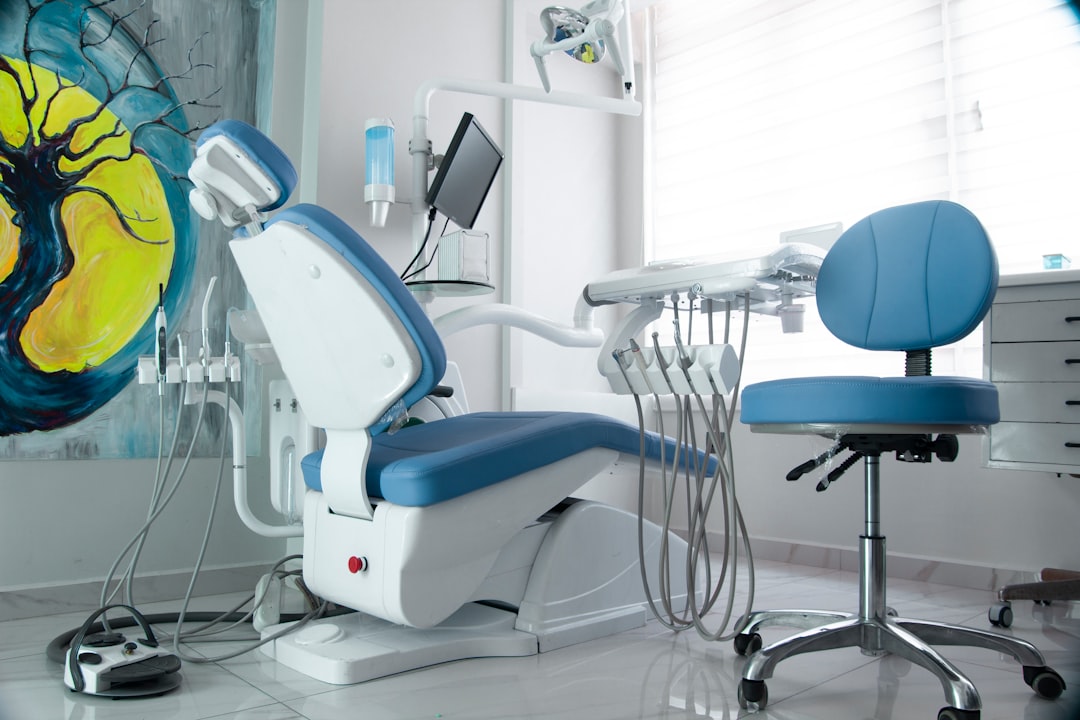

Engage prospects with a scan and streamline customer engagement with FREE QR code marketing tools by Sona – no strings attached!
Create a Free QR CodeFree consultation

No commitment

Engage prospects with a scan and streamline customer engagement with FREE QR code marketing tools by Sona – no strings attached!
Create a Free QR CodeFree consultation

No commitment
QR codes have transitioned from a novelty to a strategic necessity in bridging offline engagement with online action in medical marketing. For medical equipment suppliers, QR codes offer a streamlined way to deliver essential documentation, usage guides, and compliance information to healthcare providers, procurement teams, and clinical staff, eliminating the need for app downloads or complicated instructions.
A common challenge in this sector is ensuring that end-users can instantly access up-to-date manuals, certifications, maintenance records, and product specifications. Relying on printed handouts and burdensome logins often leads to missed updates, lost paperwork, fragmented data, and compliance issues. High-value prospects, like purchasing departments or clinical engineers, can be lost due to a lack of real-time engagement tracking.
QR codes effectively address these shortcomings by effortlessly linking physical products and packaging to dynamic digital content, offering on-demand information and reducing dependence on manual processes. As the industry demands greater transparency, audit readiness, and enhanced account engagement, this guide shows how QR codes drive operational excellence, ensure compliance, and help unify supplier-customer relationships while capturing actionable insights that keep healthcare partners supported and satisfied.

QR codes bridge physical touchpoints and digital outcomes, allowing medical equipment suppliers to deliver updated, compliance-ready documentation at scale, even when teams are stretched thin or data lives in multiple systems. Instead of handing out brochures and binders that go missing, suppliers can attach one scannable code to each device, accessory, or shipment, ensuring that anyone on-site can access the latest materials instantly.
Missed high-value prospects and inconsistent delivery often stem from print-first workflows. When manuals or certificates are not at the point of need, clinicians delay action or file support tickets that could have been resolved with a quick scan. Digitizing documentation and linking it to QR codes prevents these breakdowns while adding measurement and control, especially during audits or recalls.
For example, replacing printed guides with QR codes keeps content aligned with each hospital’s latest protocols and reduces support requests from staff who previously struggled to locate essential documentation. Smart tracking shows not just that a document was accessed, but which facility or purchasing group engaged, surfacing previously invisible signals that help service teams prioritize outreach.
Modern platforms like Sona QR support this transformation end to end. Teams can generate trackable codes, update linked content without reprinting, and sync scans with CRM systems to unify operational and commercial insights.

Medical equipment suppliers operate at the intersection of safety, compliance, and complex buyer journeys. Documentation is critical, yet it often travels via print or email, which is difficult to maintain and measure at scale. QR codes introduce speed and clarity, turning every physical surface into a reliable, measurable onramp to the latest information in healthcare communication.
Suppliers also face growing requirements for traceability across the product lifecycle. From pre-install checks to post-market surveillance, stakeholders need fast access to the right materials. QR codes provide that access across settings like operating rooms, sterile processing, and biomedical workshops without forcing users through login portals or app downloads.
For example, adding QR codes to product labels allows hospitals to instantly verify that a device meets the latest regulatory and quality standards. This reduces back-and-forth during audits, improves transparency, and builds trust with procurement and clinical engineering teams.

Choosing the right QR format ensures the best outcome for each use case. Medical equipment suppliers typically rely on a mix of public and secure destinations, depending on whether the content is general reference material or documentation tied to a specific account or device.
A balanced approach pairs user-friendly experiences with strong governance. PDFs and secure pages work well for IFUs, safety datasheets, or service logs. Web links and forms help capture interest and ensure follow-up. Dynamic codes allow the destination to change over time without updating the physical code.
As a practical example, a dynamic QR code on a device can immediately redirect users to a high-priority safety notice during a recall, then return to the standard documentation hub after the issue is resolved. With Sona QR, teams can manage all formats in one place and control access with the right level of security.

Many engagement signals never reach sales or service teams because they are not collected at the account or equipment level. QR codes change that by capturing intent at the point of use. The best placements are those that frontline clinicians, biomedical engineers, and procurement professionals encounter during daily routines.
Start by mapping the product journey from shipment to installation to ongoing service. Then place codes where the right user will see them and has a reason to scan. Clear CTAs tied to a meaningful outcome increase adoption and signal quality intent back to your team.
By focusing on high-impact placements like device labels or installation guides, suppliers can recover lost leads and measure engagement more effectively. Consolidated analytics ensure scan insights are not lost between systems or teams.

Medical equipment suppliers benefit when interactions like documentation access or training confirmation can be mapped back to the right account and device, especially in medical devices. QR codes make this possible with simple, contextual experiences that fit clinical workflows.
These use cases are designed to reduce friction, speed support, and create measurable improvements in the customer journey. Each can be deployed with dynamic codes to maintain current content without reprinting.
Technology paired with these engagement signals helps teams retain accounts, demonstrate value, and spot upsell moments before they are lost.
Every scan is a moment of intent that reveals who needs help and what they need next. By deploying multiple codes across touchpoints, suppliers can automatically segment audiences and deliver targeted follow-ups that respect the clinical context and buying cycle, using approaches like intent retargeting.
Segmentation should reflect both role and timing. A clinical engineer scanning a maintenance guide signals different intent than a department head scanning a product overview. Likewise, a scan during installation has different meaning than a scan six months into a service contract.
In medical equipment suppliers, useful audience distinctions include procurement vs. clinical engineering, sterile processing vs. OR staff, academic medical centers vs. community hospitals, and new installs vs. mature fleets. With Sona QR, each code becomes a smart entry point that captures the data needed to retarget based on real behavior, not assumptions.
QR codes do more than link to documents. They connect physical experiences and digital journeys, helping suppliers deliver consistent messages across channels while capturing attributable data. When used thoughtfully, they close gaps between sales, service, and marketing.
Start by aligning QR destinations with the role of each channel. Print pieces often need top-level content that branches into specific resources. Live demos and videos benefit from interactive calls to action that capture interest in the moment and log it to your CRM.
With analytics-enabled QR solutions like Sona QR, suppliers avoid fragmented engagement. Every scan moves clients forward in the journey and contributes to a measurable, connected funnel.
Identify the highest-friction point you can solve with a scan. For medical equipment suppliers, common goals include delivering the correct IFU at the point of use, confirming installation completion, or capturing training acknowledgments. Select one objective for your first deployment, then expand once the workflow is validated.
Choose static or dynamic codes based on how often the destination will change and whether you need tracking. Static codes are simple but fixed. Dynamic codes are editable, trackable, and ideal for compliance or lifecycle content that evolves.
Design impacts scan rates and trust. Make the code visible, add a clear benefit-driven CTA, and ensure it scans reliably in the environments where it will live. Testing in real-world settings is essential because lighting, distance, and surface curvature affect performance.
Place codes at the intersections of need and intent. Start with labels on the device itself, then extend to packaging, installation kits, and service tickets. For demand generation, use codes on trade show signage, demo units, and targeted mailers to priority accounts.
Measurement turns scans into revenue and retention. Use analytics to identify which assets drive engagement, which accounts need support, and where bottlenecks occur. Feed insights into your CRM to fuel automation, scoring, and retargeting.
A common issue is the lack of insight into who interacts with documentation, which makes it hard to attribute value or identify churn risk. Basic scan tallies are useful, but they do not reveal where a buyer or user is in the journey. Advanced tracking connects scan behavior to outcomes such as form submissions, service requests, demo bookings, or contract renewals.
Medical equipment suppliers benefit most when scan activity enriches CRM records and triggers workflows. For example, repeated troubleshooting scans can open a support case, while high engagement with accessory guides can prompt an upsell conversation. Over time, these signals help forecast risk and growth at the account level.
With Sona QR for capture and Sona.com for identity resolution and multi-touch attribution, suppliers can move beyond scan counts to insights that drive revenue, mitigate risk, and prove marketing and service impact.
Scaling QR initiatives requires attention to traceability, messaging, and automation. The goal is to make every scan instantly valuable to the user while creating clean, structured data for your teams.
Focus first on governance. Assign ownership for content accuracy, routine updates, and compliance review. Then standardize code formats, CTA language, and analytics tags so that your data can be compared across products and programs.
For example, activating a QR-triggered checklist on a sterilization device ensures preventive maintenance is logged and timestamped, which improves accountability and opens upsell opportunities for service plans or parts kits. Similarly, placing a QR code on a delivery acceptance form can kick off automated onboarding emails tailored to the department that received the equipment.
QR codes are more than scanning shortcuts for medical equipment suppliers. They are essential tools for breaking documentation silos, revealing engagement signals, and unifying fragmented customer data. When integrated across products and processes, QR codes create a transparent, connected experience that supports compliance and accelerates problem resolution.
The industry moves quickly and carries high stakes for safety and performance. Digital access to correct information at the point of need is not optional. By making every scan an engagement opportunity, suppliers empower clinicians and engineers with real-time resources, reduce operational friction, and build stronger, longer-lasting relationships with healthcare partners.
Strategic QR adoption delivers measurable benefits: faster access to documentation, streamlined installation and training, better recall management, and clearer attribution from scan to revenue. With Sona QR, you can generate codes, manage destinations, and capture the analytics that matter. With Sona.com, you can connect those signals to real buyers, accounts, and outcomes.
Start creating QR codes for free.
QR codes have revolutionized the medical equipment suppliers industry by transforming static documentation into instantly accessible, trackable resources. Whether it’s streamlining regulatory compliance, enhancing user training, or providing real-time equipment information, QR codes replace cumbersome paper manuals with dynamic, mobile-friendly solutions that improve accuracy and efficiency.
Imagine your clients effortlessly scanning a code to access up-to-date instructions or warranty details—reducing support calls and accelerating decision-making. With Sona QR, you can create dynamic, trackable QR codes in seconds, update documentation without costly reprints, and link every scan directly to valuable insights that optimize your customer interactions and operational workflows. No more outdated manuals, no missed opportunities—just smarter, more responsive service.
Start for free with Sona QR today and turn every QR code into a seamless connection that boosts customer satisfaction and drives your business forward.
QR codes allow medical equipment suppliers to deliver updated documentation, usage guides, and compliance information instantly, improve traceability, reduce support tickets, and capture engagement data for better account management.
Suppliers can use dynamic QR codes linked to centrally hosted, up-to-date manuals, certifications, and compliance documents that can be updated without reprinting labels, ensuring access to the latest safety and quality information.
Common documentation includes product manuals, instructions for use, cleaning and sterilization procedures, warranty cards, safety datasheets, service logs, and recall or compliance alerts.
Look for suppliers who use dynamic, trackable QR codes to provide real-time access to updated product documentation, support engagement tracking, and integrate scan data with CRM systems for transparency and proactive service.
The latest trends include using dynamic QR codes for real-time document updates, account-level scan tracking for engagement insights, automated workflows triggered by scans, and integration with CRM systems for retargeting and revenue attribution.
Suppliers can track scan time, location, device type, and link scans to specific accounts or devices, then sync data with CRM platforms to monitor engagement, support needs, and identify upsell opportunities.
QR codes should be placed on equipment nameplates, packaging, installation guides, service tickets, delivery paperwork, trade show materials, and sales collateral to ensure point-of-need access and maximize scan rates.
Suppliers use static QR codes for fixed resources and dynamic QR codes for content that changes frequently or requires tracking, such as manuals, safety notices, and training materials.
QR codes provide instant access to current compliance documents and maintenance records, ensure documentation is always up to date, and create audit trails by tracking who accessed what and when.
Begin by identifying high-friction points like documentation delivery or training confirmation, select the appropriate QR code type, design clear CTAs, deploy codes in high-impact locations, and track scan data to optimize and automate workflows.
Use Sona QR's trackable codes to improve customer acquisition and engagement today.
Create Your FREE Trackable QR Code in SecondsJoin results-focused teams combining Sona Platform automation with advanced Google Ads strategies to scale lead generation

Connect your existing CRM

Free Account Enrichment

No setup fees
No commitment required

Free consultation

Get a custom Google Ads roadmap for your business






Launch campaigns that generate qualified leads in 30 days or less.
